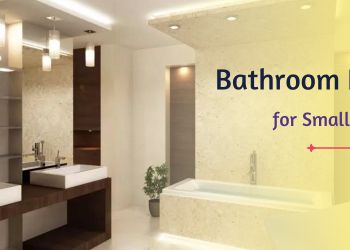Waterjet cutting has grown in popularity among machinists due to its ability to cut without interfering with the structure of the raw material. On the other hand, the expense of waterjets has been a significant point of complaint about many customers.
Many fabricators believe that waterjet is too expensive; thus, they prefer to use older methods instead. This may be true many times, but the effectiveness of a waterjet is worth the cost. On the other hand, waterjet prices may not be as exorbitant as you assume.
Let’s look at the various aspects that go into determining waterjet prices and how machinists do it.
Waterjet Cost Calculation Considered Factors
Waterjet cutting pricing is a crucial consideration for machinists when choosing if it is the best option for them or not. However, the expense of operating a plasma cutting machine vs a water jet is frequently tricky for fabricators to comprehend. You’ll find the answers here. Knowing the water jet price and operating costs might help you decide whether you can afford this fabricating procedure.
If you want to use a water jet, you need to think about the following cost factors:
- COST OF WATER:
This is the less costly of all the elements to consider, but it is also the most important. A waterjet cannot cut without the presence of water. The amount of water you’ll use is determined by the number of materials you wish to cut and their thickness. Thicker materials will take longer to cut, necessitating more water.
According to the national average, one thousand gallons of water costs $3.51 on average. As a result, if your cutting job necessitates 5000 gallons of water, you’ll pay $17.55 on water. As a result, you may need less or more water depending on the type of material you want to cut and its thickness. Therefore, one of the most essential factors that affect the cost of a waterjet is the availability of water.
- THE PRICE OF ELECTRICITY:
Waterjets are not self-contained; they require electricity to operate. As a result, this is a critical contributing factor to the expense of using a waterjet. Power, on the other hand, is more expensive than water. Let’s do some quick math. If energy costs 7.46 cents per KWh, your waterjet will cost $74.60 if it uses 1,000 kWh. If your pump has a horsepower of 50 to 125 and works for 6 hours every day, you’ll spend between $3,700 and $9,400 every year.
- WEARING COSTS:
Waterjet, like other equipment, is susceptible to wear and tear. As a result, one crucial element to consider is the cost of wear parts. Focusing tubes, orifices, pump seals, and other miscellaneous parts are typical worn items that need to be replaced. These parts can be calculated on a cost-per-hour basis. You could expect to pay between $5 and $22 per hour in that instance. This may entail spending anything from $7,700 to $32,000 per year.
- THE PRICE OF ABRASIVES:
If you need to cut hard materials and use an abrasive jet, you must factor in the expense of the abrasive. It is one of the costly aspects of functioning a waterjet. The cost of a standard garnet abrasive should be between 22 and 30 cents per pound. Of course, this depends on the abrasive you use and how much you buy.
You can choose between the two garnet types. Hard rock garnet is the first type, while alluvial garnet is the second. Crushed rock is another name for hard rock garnet. It aids in the reduction of giant garnet boulders to smaller mesh sizes. In addition, it’s more shaped, so it cuts faster.
You may have to pay twenty-five cents per pound on average. When employing abrasive, you must additionally consider the abrasive flow rate. If you’re cutting metal plates with a metal plate cutter, you can anticipate utilising 1 to 2.3 pounds per minute. As a result, you’d have spent an average of $18 to $36 each hour utilising abrasive. You’ll pay between $110 and $220 on the abrasive if you use it for six hours per day. That works out to $550 to $1,100 a week. If you utilise it for a year, you’ll pay somewhere between $26,000 and $55,000.
If all you need to cut is soft materials like aluminium or plastics, you won’t need to be abrasive; thus, you won’t have to use them.
















